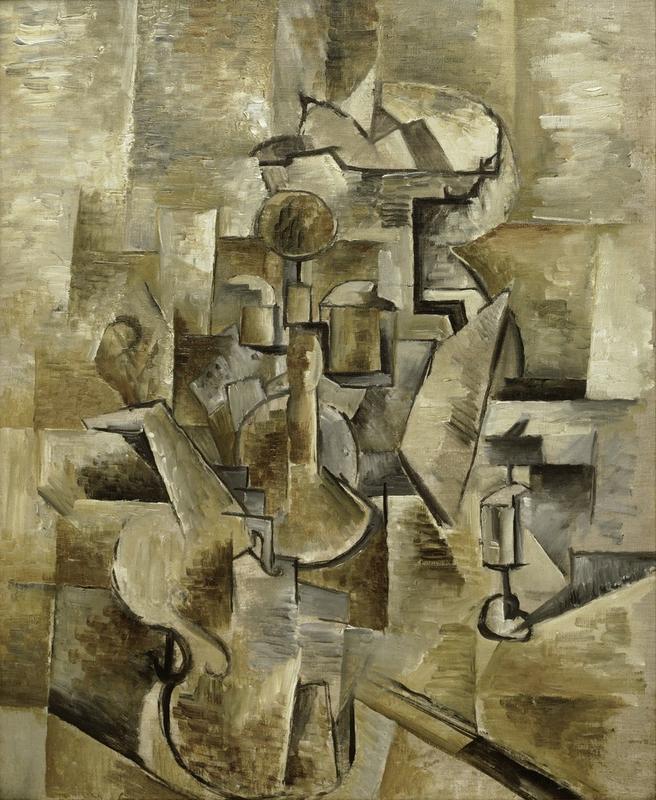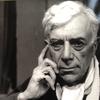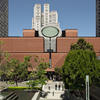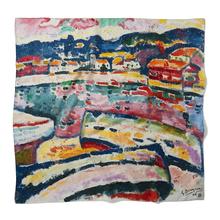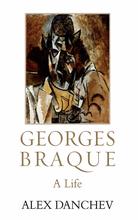More about Still Life (Violin and Candlestick)
- All
- Info
- Shop

Contributor
Georges Braque was the Cheech to Picasso’s Chong.
Peanut butter to his jelly. Biden to his Obama. Cubism as a movement would not exist without this dynamic duo and the work they did in Ceret in 1911 and the years afterward, staying together through every phase of the movement’s growth until 1918.
During their stay in Ceret, the two worked extremely closely, to a point where their works were basically one and the same in concept and execution. They both featured violins, fruits, vases, and furniture that was found in their studio extensively in their work. Braque himself was responsible for introducing collage work into his paintings to make his canvases come to life as independent objects in a real space, not just a window into a manufactured world, cementing himself as a more technical artist as opposed to Picasso’s emotive style.
Braque himself was born a mere seven months after Picasso was, as if the universe had to further establish the groundings of a bromance that, although short-lived, left its mark on history. Picasso never worked with another artist so intimately again in his lifetime.
World War I would see the pair part ways as Braque was enlisted as an infantry sergeant. Braque was decorated twice in 1914, then suffered serious brain trauma in 1915 which put him out for a while and earned him a release from military service. He returned to Cubism by 1917, but instead worked with another Cubist, Juan Gris. Picasso would end up working with the composer Erik Satie and the poet Jean Cocteau in the same year. Alexa, play “Time after Time” by Cyndi Lauper.
The previous owner of this Braque painting, Rita B. Schreiber, was the wife of Taft B. Schreiber, a member of the International Council of the Museum of Modern Art in New York. He was also a very politically active Republican, holding high positions for the President Ford Committee and the Richard M. Nixon Foundation. He died in 1976.
Sources
- "Georges Braque and His Paintings." Georges Braque: Painting, Biography, and Quotes. Accessed November 18, 2018. http://www.georgesbraque.org/.
- McCully, Marilyn. "Pablo Picasso." Encyclopædia Britannica. November 02, 2018. Accessed November 18, 2018. https://www.britannica.com/biography/Pablo-Picasso/Cubism#ref366501.
- McMullen, Roy Donald. "Georges Braque." Encyclopædia Britannica. August 27, 2018. Accessed November 18, 2018. https://www.britannica.com/biography/Georges-Braque.
- "TAFT B. SCHREIBER; AIDED FORD DRIVE." The New York Times. June 15, 1976. Accessed November 18, 2018. https://www.nytimes.com/1976/06/15/archives/taft-b-schreiber-aided-ford….

